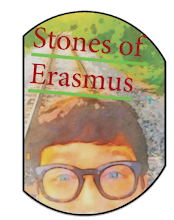In this post, I tussle with Martin Heidegger's concept of "everydayness," — all the while having fun in the town of Catskill, New York (Why, not?!).
 |
| Put your feet in the air! |
 |
| Wag your tongue. |
 |
| Catskill, New York populates its street corners with quirky cat sculptures. |
 |
| Cosmic Cat |
 |
| Kiss me, Kate! |



